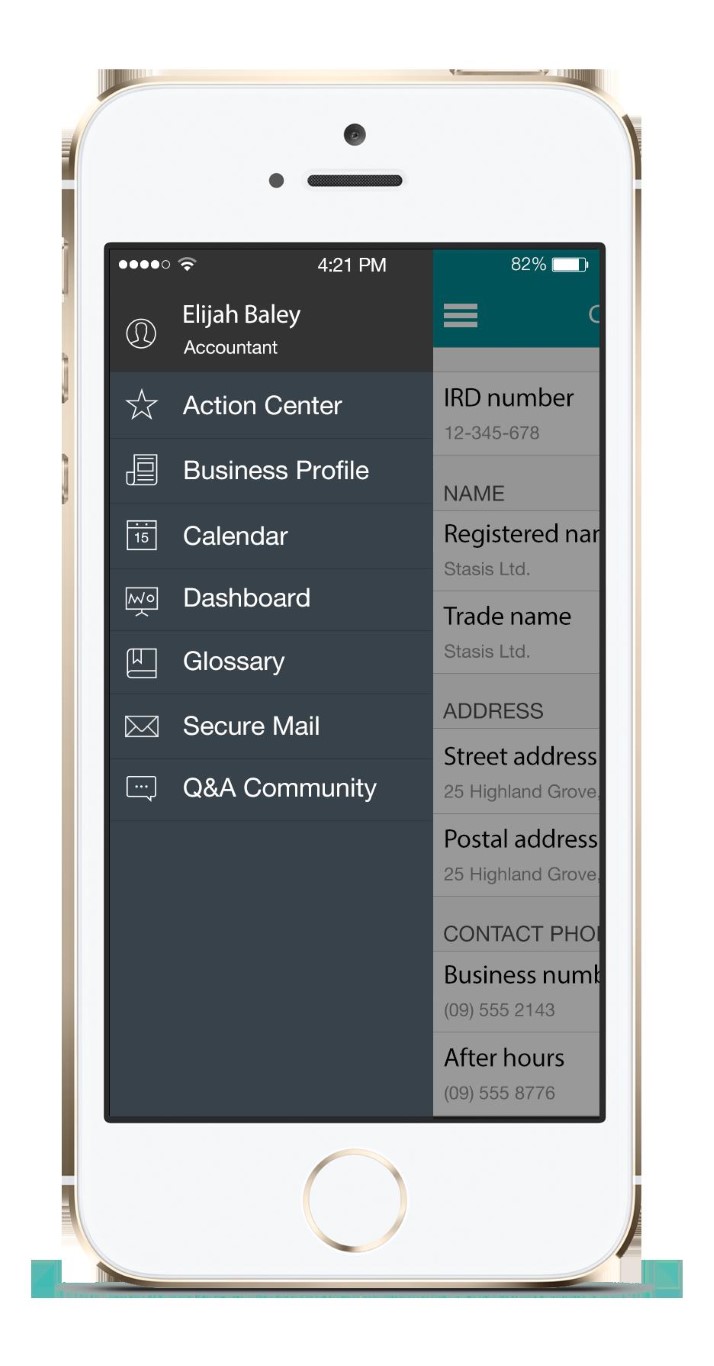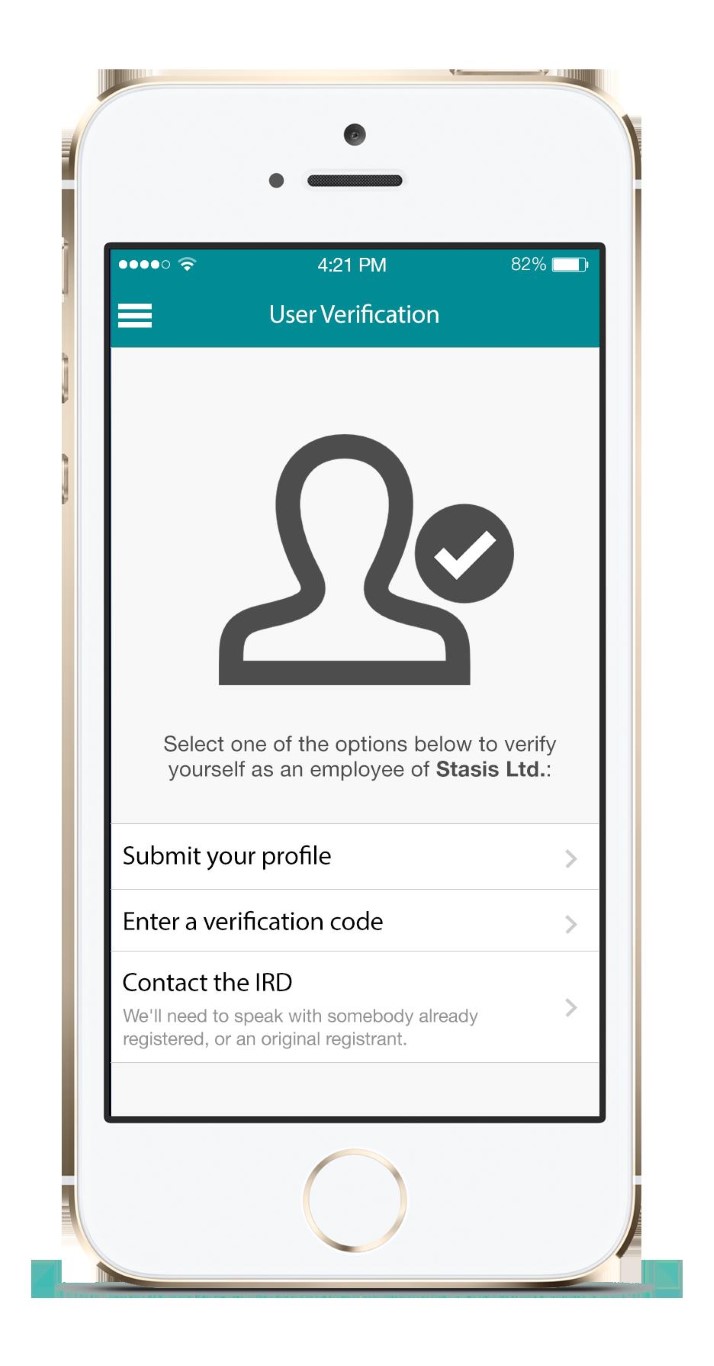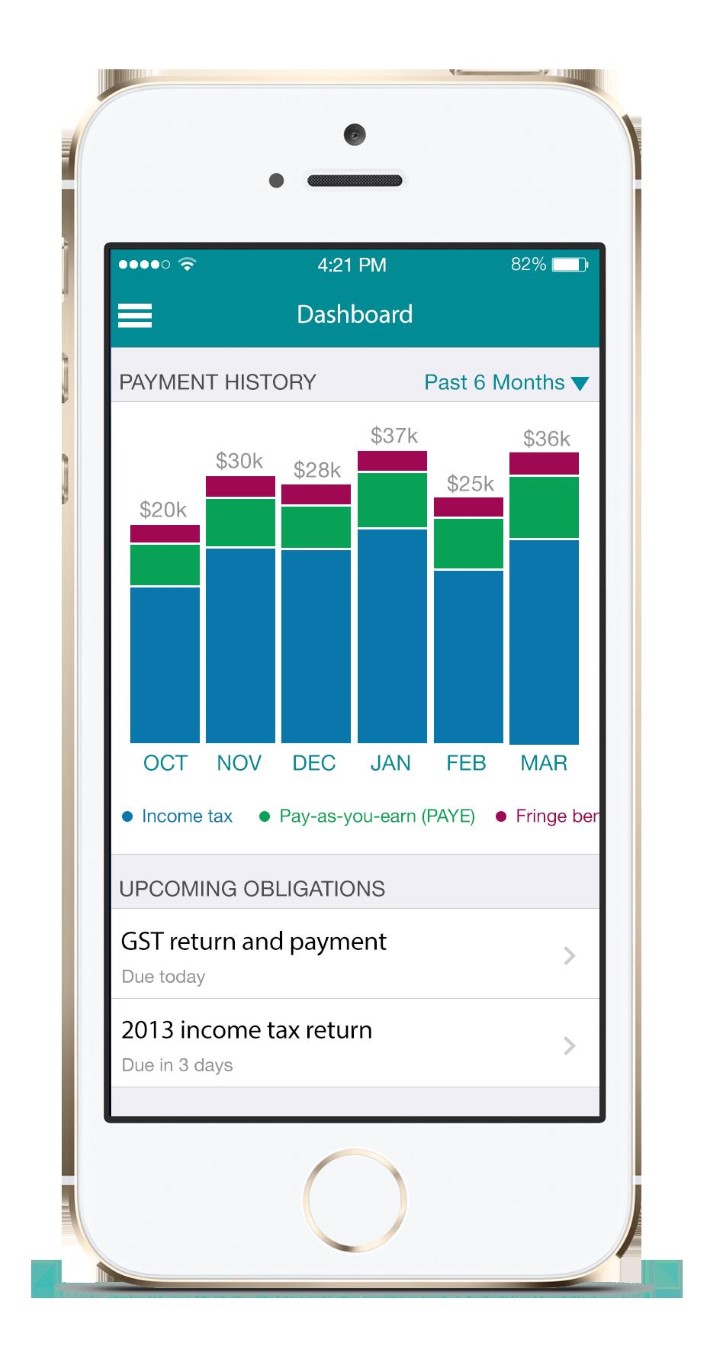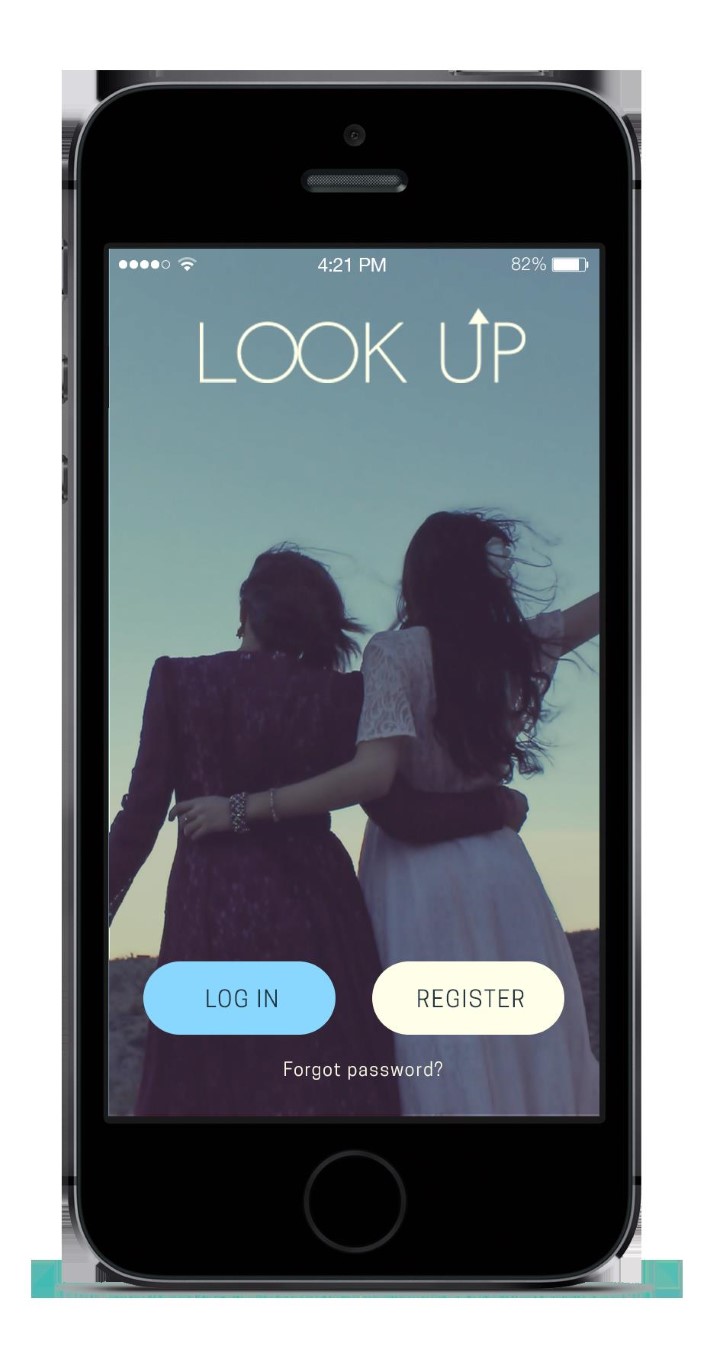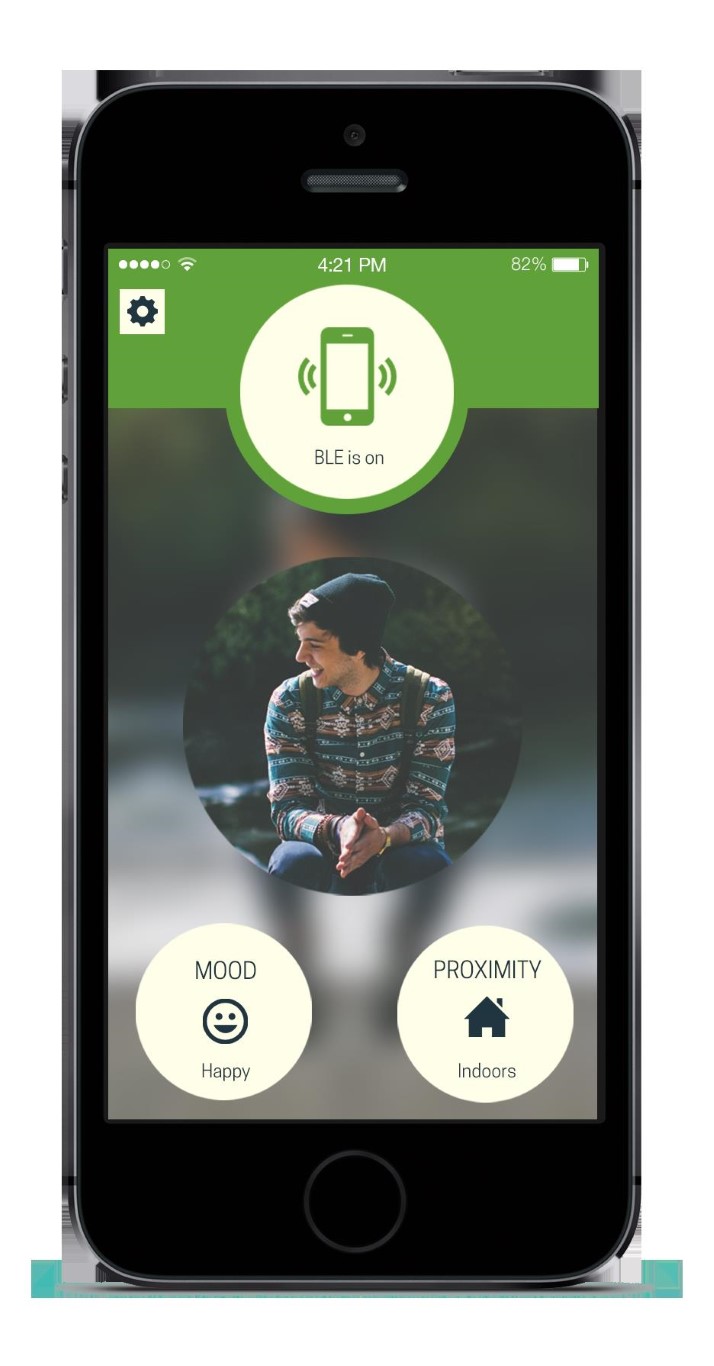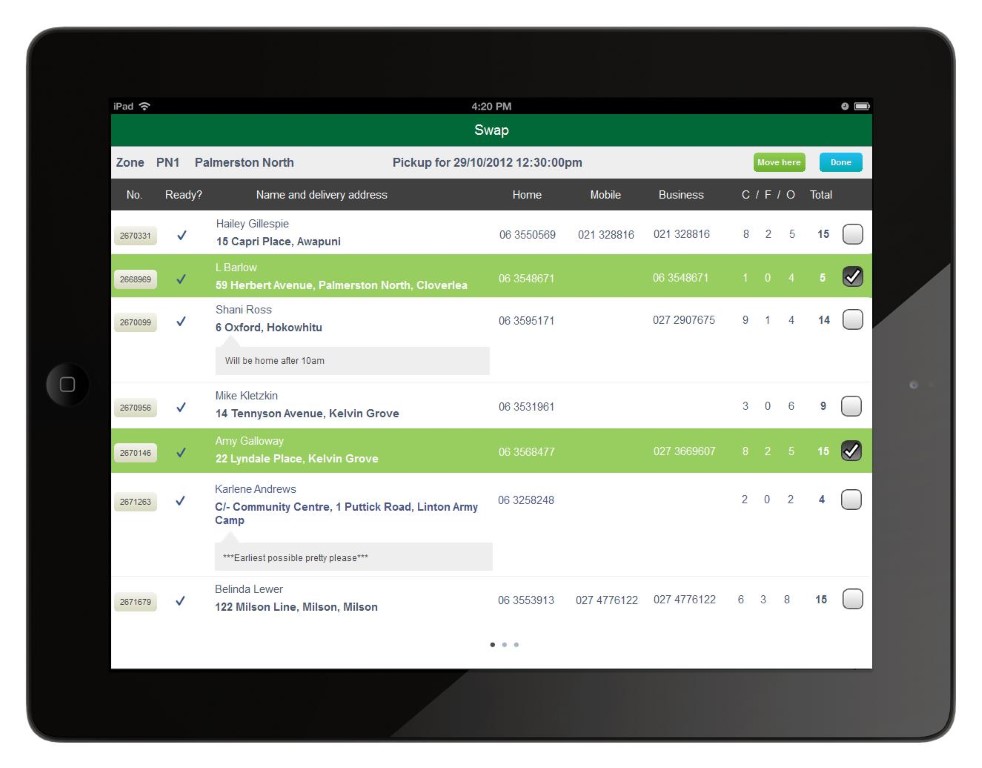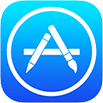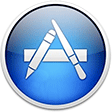Proximity services for handheld mobile devices using the Bluetooth Low Energy (BLE) technology are changing how smartphone users interact with the world, and this presents opportunities for organisations in a number of industries.
Retailers can look forward to a new marketing channel, one that is measurable, and significantly less intrusive to their customers thanks to being more relevant. Art galleries, transportation providers, local governments will be able to use the new technology to help their users help themselves. Banks, postal systems, delivery couriers and other organisations having physical interactions with their customers will be able to provide more consistent and secure customer services through automation.
Among BLE proximity services Apple Inc's implementation named "iBeacons" stands out thanks to its overall completeness. Because of this, the iBeacons name is becoming synonymous with BLE proximity services.
Use cases
In broad terms, iBeacons provides a way for apps to get activated and show specific notifications and content when triggered by the user's proximity to a sensor or well-defined region. In plain English, iBeacons enables marketing to extend a warm greeting through customers' phones when they walk through the door of a museum, or automatically open a commuter's pre-purchased pass as an iBeacon-enabled bus approaches, or present additional information about an Ultra HD television set a customer stopped to admire in-store - as well as a "buy now" button.
The iBeacons technology is implemented with good user experience in mind. While developers are allowed flexibility in how and when to present information and notifications to users, there are checkpoints to ensure users don't get overwhelmed or annoyed. For example, every time a user walks past a store with iBeacons she could potentially be sent a promotional message, but if she is only walking past she is probably not interested, so this would be a poor user experience. The iBeacons standard makes it easy to avoid this and similar situations bereft of customer focus.
Costs
- Infrastructure: In order to enable iBeacons in a physical space, it needs an iBeacon-enabled transmitter, an "iBeacon". These devices can be had for as little as $15 per unit. The transmitters generally have a battery life spanning two or more years, and are small enough to be attached to shop shelves, furniture and even to shoe soles. In addition, all Apple iPhones since the 4S and all iPads since the 3rd generation can also function as iBeacons. This is useful where an Apple device is already part of the physical space, such as when an iPad-based Point of Sale system is in use.
- Companion App: iBeacons don't store or send content themselves, rather they trigger notifications, content and functionality built in to a companion application. The physical property - be it a store, museum or bus company - will need an app to recognise its iBeacons and apportion appropriate behaviour.
How big is the opportunity?
Most smartphones have been able to use iBeacons since 2012. Because the standard is relatively new, its wide-spread adoption by organisations will take time. This presents an opportunity for organisations to own the first-mover advantage in an effective new way to greet, inform and convert customers.

















